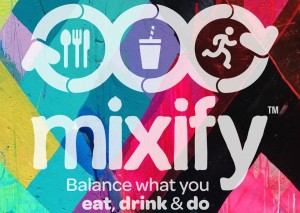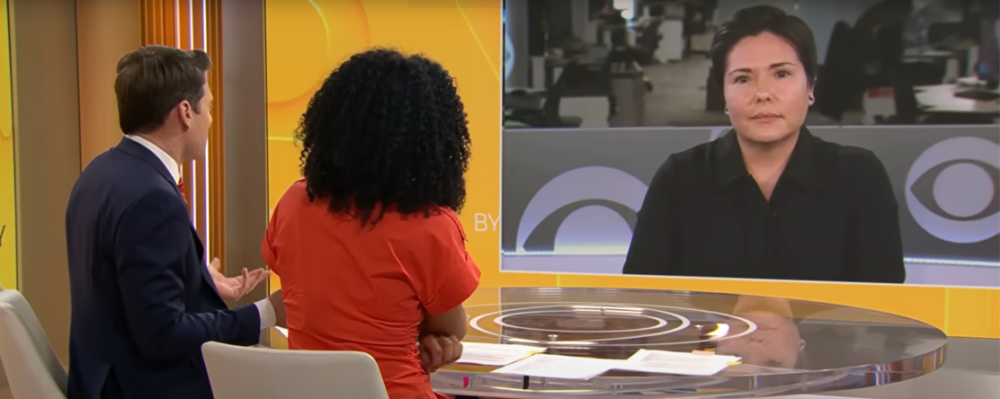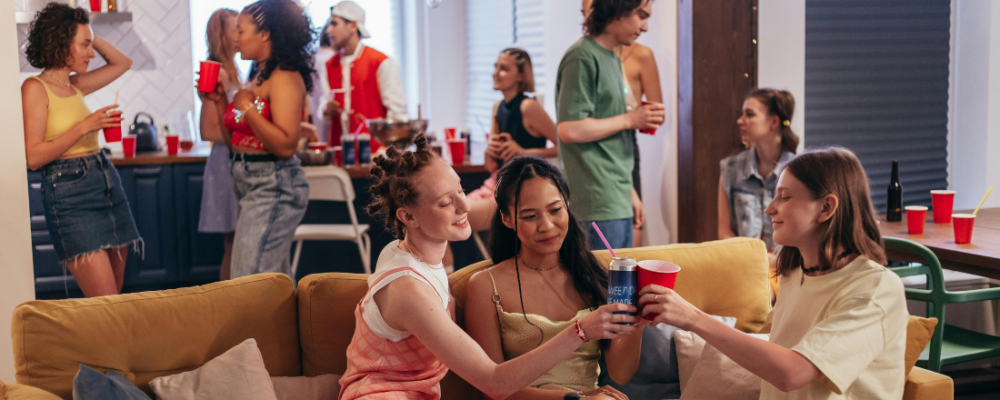
In the News
The Soda Industry’s Creepy Youth Campaign
-
Focus Areas
Women, Youth & Children -
Expertise
Public Policy Advocacy -
Programs
Berkeley Media Studies Group
What is it about corporations trying to sound hip that so often hits the wrong note? It comes off like your mother ending a text with “LOL.” It doesn’t sound cool; it sounds out of touch. That’s just what I thought perusing the website of Mixify, a new marketing campaign by the American Beverage Association (ABA).
Launched earlier this year, Mixify promotes balance in what you “eat, drink and do.” Mixify, according to the site, is “like a balance wingman.” (Who knew balance needs a wingman?) “Balance” is defined as “crossing cats with dragons”; finding it will keep you “feeling snazzier than the emoji of the dancing lady in red.” Honestly, I’m not even sure exactly what that is supposed to mean, but you get the idea. It’s all about communicating that, dear (youthful) reader, we’re hip, we’re cool, we’re one of you — and we don’t want you to be worried about drinking our beverages.
As the beverage industry trade association, the ABA spends tens of millions of dollars every year to promote its members’ interests, from fighting taxes on sugar-sweetened beverages to stopping initiatives to get soda out of schools to pushing marketing campaigns such as this one. (It spent $62.5 million in 2013 alone.) Mixify is just one tactic it is deploying to try to fix a core image problem.
 As part of this massive campaign — including interactive social media accounts on Facebook, Twitter and Instagram — Mixify is hitting the road with free events for teens in more than half a dozen cities around the country this summer. So what’s the problem with a little summer fun, a little “silent disco” in D.C. or outdoor games at a football field in Philly?
As part of this massive campaign — including interactive social media accounts on Facebook, Twitter and Instagram — Mixify is hitting the road with free events for teens in more than half a dozen cities around the country this summer. So what’s the problem with a little summer fun, a little “silent disco” in D.C. or outdoor games at a football field in Philly?
The problem is that soda is not innocuous. Sugar-sweetened beverages are tied to the biggest public health epidemic of our time: rising rates of diet-related illnesses.
Public relations campaigns such as these are designed to deflect concerns from a culprit of ill health — drinking soda — by promoting balance. Lori Dorfman, the head of the Berkeley Media Studies Group, noted the parallels between this strategy and the alcohol industry’s promotion of designated drivers: “Those campaigns actually promoted drinking. Some people called them designated drinker programs because they gave people permission to drink to excess if they weren’t driving — as if drinking and driving were the only problems related to alcohol,” she said. “Many alcohol companies created their own campaigns to look like good guys, but all their slogans encouraged drinking and never suggested that a designated driver should have nothing to drink, with slogans like ‘Think when you drink’ and ‘Know when to say when.’”
The parallels between sugar-sweetened beverage marketing such as Mixify and Big Tobacco public relations are also striking, as Dorfman and others write in a recent paper in PLOS Medicine (PDF). Like the tobacco industry before it, the sugar-sweetened beverage industry is employing “elaborate, expensive, multinational corporate social responsibility campaigns,” they write. “These campaigns echo the tobacco industry’s use of [such campaigns] as a means to focus responsibility on consumers rather than on the corporation, bolster the companies’ and their products’ popularity and to prevent regulation.”
Originally published by Al Jazeera America
More Updates
Work With Us
You change the world. We do the rest. Explore fiscal sponsorship at PHI.
Support Us
Together, we can accelerate our response to public health’s most critical issues.
Find Employment
Begin your career at the Public Health Institute.



